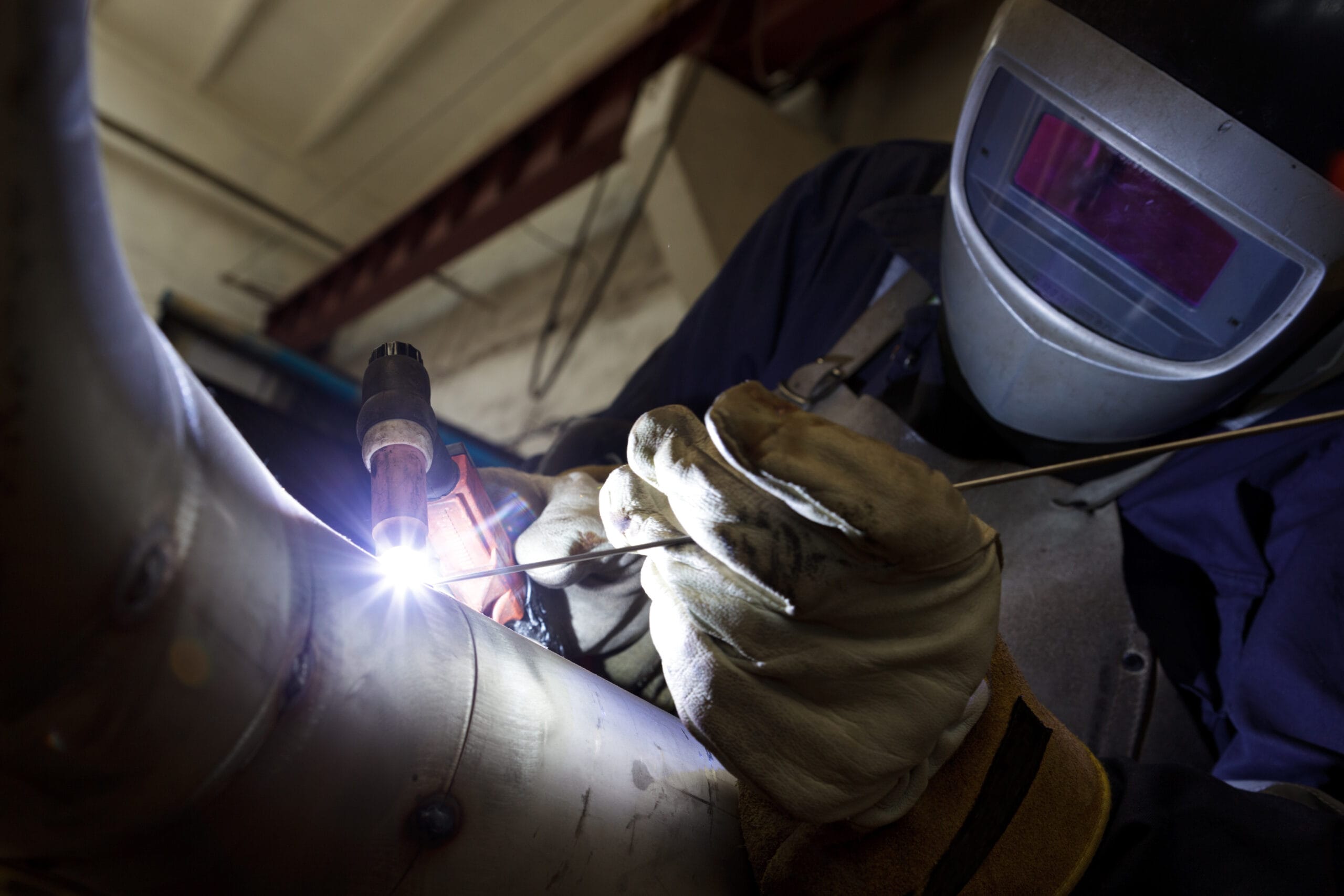
They sound similar—but they’re not the same.
In high-heat industries like welding, metal casting, or grinding, understanding the difference between flame-resistant and heat-resistant clothing can mean the difference between safety and serious injury.
Let’s break it down in simple terms:
Flame-resistant protects against ignition.
Heat-resistant protects against extreme temperature.
Both are important—but they serve very different roles.
What Is Flame-Resistant (FR) Clothing?
Flame-resistant clothing is engineered to resist ignition and to self-extinguish once the heat source is removed.
Key characteristics:
- Won’t ignite easily when exposed to open flame
- Won’t melt, drip, or stick to skin
- Limits flame spread to a small area
- Reduces body burn percentage in flash fire scenarios
- Can be inherently FR (e.g., Nomex®, Modacrylic) or treated FR (e.g., FR cotton)
Flame-resistant clothing is your go-to for arc flash, flash fire, welding sparks, and explosive risks.
✅ Look for standards like:
- NFPA 2112
- EN ISO 11612 (A1/A2/B/C)
- ASTM F1506
What Is Heat-Resistant Clothing?
Heat-resistant clothing is designed to withstand sustained exposure to high temperatures, especially radiant or contact heat.
Key characteristics:
- Acts as a thermal barrier (reflects or insulates from heat)
- Used in molten metal, glass, or furnace environments
- Materials like aluminized fabrics, Kevlar®, or PBI® are common
- May protect up to 500°C (932°F) or more
- Typically heavier and bulkier than FR-only garments
Heat-resistant clothing is essential when workers face prolonged radiant heat, molten splash, or thermal conduction risks.
✅ Look for standards like:
- EN ISO 11612 (D/E/F levels)
- EN ISO 9185 (molten metal splash test)
- ASTM F955
Quick Comparison Table
| Feature | Flame-Resistant Clothing | Heat-Resistant Clothing |
|---|---|---|
| Protects Against | Flash fire, arc, sparks | Radiant/contact heat, molten splash |
| Typical Use Case | Welding, electrical work | Foundry, casting, smelting |
| Fabric Type | Modacrylic, FR cotton, Nomex® | Aluminized, Kevlar®, leather |
| Exposure Time | Seconds | Minutes |
| Weight / Flexibility | Lightweight to midweight | Heavy-duty, rigid or layered |
| Certifications | NFPA 2112, ISO 11612 (A-C) | ISO 11612 (D-F), ISO 9185 |
✅ Flame-resistant ≠ heatproof
Don’t wear a light FR shirt into a molten metal zone—it’s not made for that.
Common Industry Mistakes (and How to Avoid Them)
-
❌ Buying FR-only jackets for foundry workers
➡️ Solution: Use ISO 11612 E/F-rated or aluminized outer layers -
❌ Assuming all “fireproof” gear resists heat too
➡️ Solution: Understand exposure type—open flame vs radiant heat -
❌ Using heat-resistant aprons with meltable base layers
➡️ Solution: Combine with inherently FR base garments -
❌ Selecting based on comfort over certification
➡️ Solution: Always verify lab-tested performance ratings
When You Need Both: Dual-Protection PPE
Some job roles demand both:
✅ Welders near molten pools
✅ Plasma cutters with long exposure time
✅ Maintenance staff near furnaces + electrical risk
✅ Fire watch in metal plants
Recommended layering:
- Inherent FR base layer (e.g., modacrylic blend shirt/pants)
- FR-rated coverall (ISO 11612 A/B/C)
- Aluminized or heat-reflective apron/jacket (ISO 11612 D/E/F)
Combine flame resistance + heat insulation = full spectrum protection.
What to Ask Your Supplier
- Is this fabric FR or just heat-resistant? Or both?
- What certifications does it meet (e.g., EN ISO 11612—which letters?)?
- What is the molten metal splash rating (ISO 9185)?
- Is it inherently resistant or just chemically treated?
- How many wash cycles will it maintain its properties?
✅ At workwearsolutions, we help clients build task-specific PPE configurations using both flame- and heat-resistant garments—without over- or under-protecting their teams.
Conclusion
Flame resistance and heat resistance are not interchangeable—and getting them confused can lead to costly injuries, failed audits, or even legal risk.
When sourcing protective workwear for metal industries:
- Know the hazards: flash fire? radiant heat? molten splash?
- Don’t rely on marketing—check the certification letters and test data
- Layer smart: base for flame, outer for heat
- Work with suppliers who understand real-world exposure
Need help building a compliant, high-performance PPE system for your metalworking team? I can help you choose the right blend of FR and heat-resistant garments based on your industry and risk level.
📩 Contact: [email protected]
🌐 Visit: www.workwearsolutions.net
Zion Zhang
Recent Posts
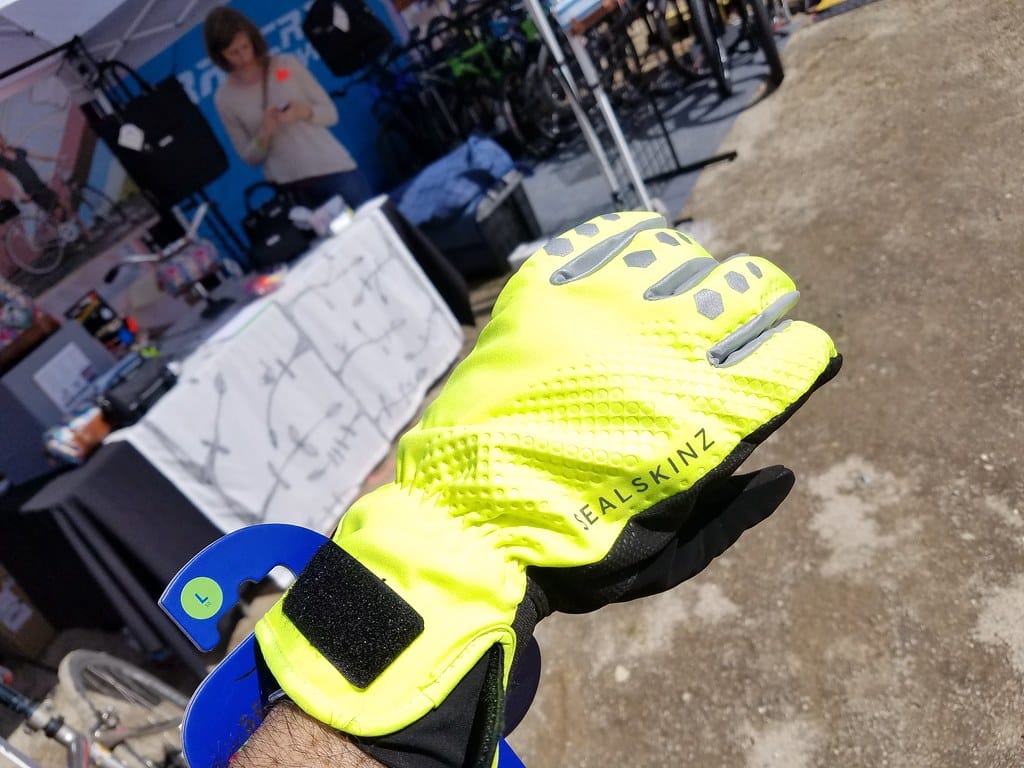 The Nigerian Agent Who Lost $50,000 on Fake Certificates — Then Came Back Stronger2025年10月20日Introduction In the global trade of PPE and industrial […]
The Nigerian Agent Who Lost $50,000 on Fake Certificates — Then Came Back Stronger2025年10月20日Introduction In the global trade of PPE and industrial […]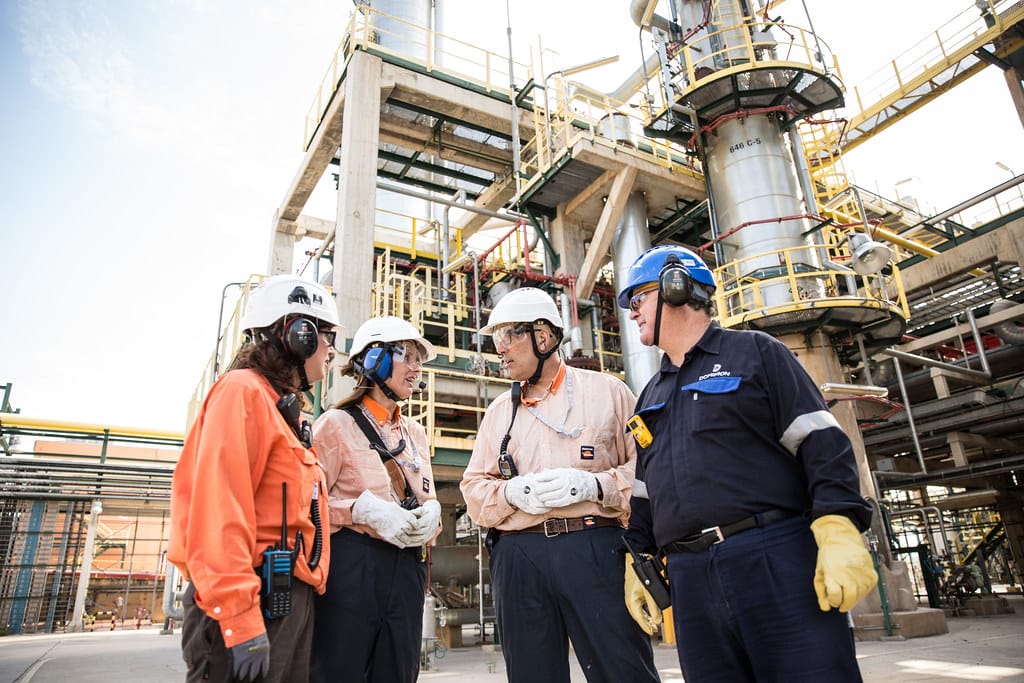 How a Brazilian Trader Used $5,000 to Break into the PPE Market2025年10月20日Introduction In a world where industrial safety and […]
How a Brazilian Trader Used $5,000 to Break into the PPE Market2025年10月20日Introduction In a world where industrial safety and […] From First Order to Market Leader: A Ghana Distributor’s 3-Year Journey2025年10月20日In the fast-growing African PPE and workwear market, small […]
From First Order to Market Leader: A Ghana Distributor’s 3-Year Journey2025年10月20日In the fast-growing African PPE and workwear market, small […]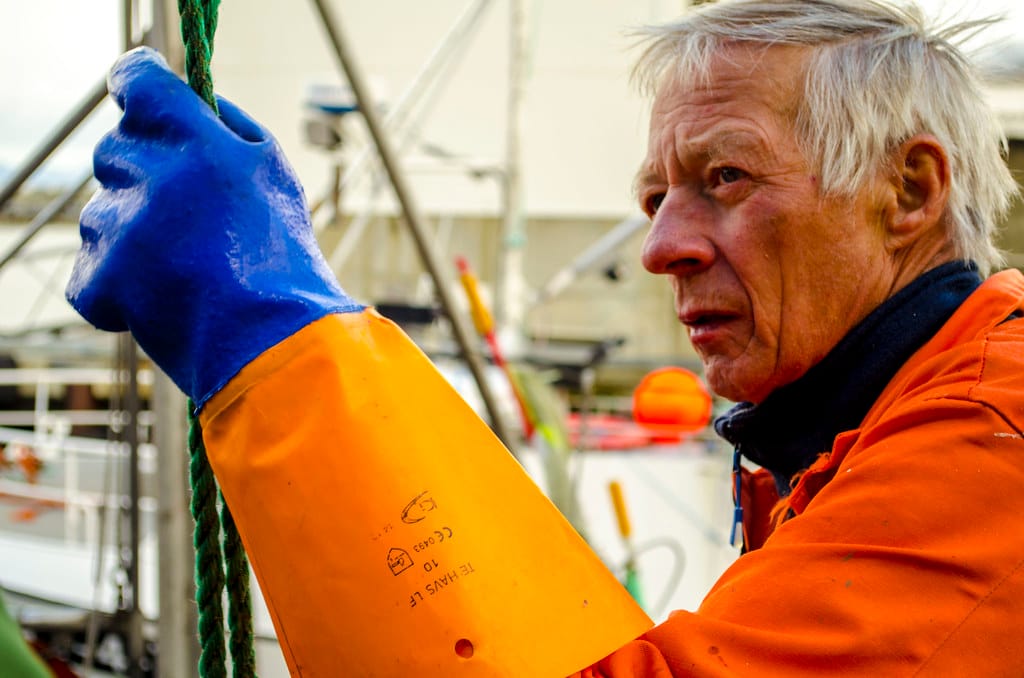 Scaling Your Workwear Brand: From Local Agent to Regional Distributor2025年10月15日In the workwear and PPE industry, many businesses start […]
Scaling Your Workwear Brand: From Local Agent to Regional Distributor2025年10月15日In the workwear and PPE industry, many businesses start […]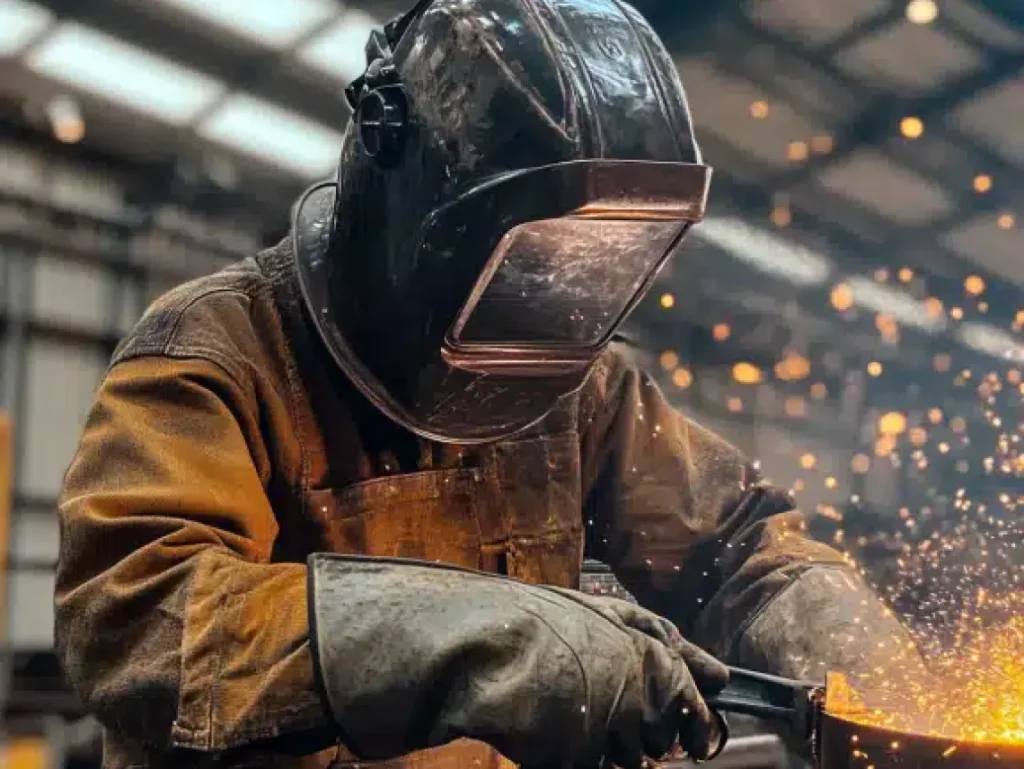 After-Sales Service & Customer Retention in the Workwear Business2025年10月15日In the global workwear and PPE industry, many suppliers […]
After-Sales Service & Customer Retention in the Workwear Business2025年10月15日In the global workwear and PPE industry, many suppliers […] Government & Corporate Contracts: Winning Large PPE & Workwear Deals2025年10月14日Government & Corporate Contracts: Winning Large PPE […]
Government & Corporate Contracts: Winning Large PPE & Workwear Deals2025年10月14日Government & Corporate Contracts: Winning Large PPE […]
CONTACT US
- Feel free to contact us any time. We will get back to you as soon as we can!
- +86-17330061805
